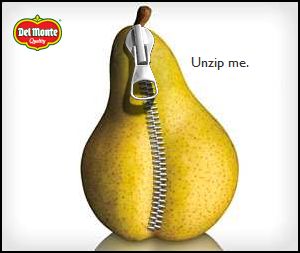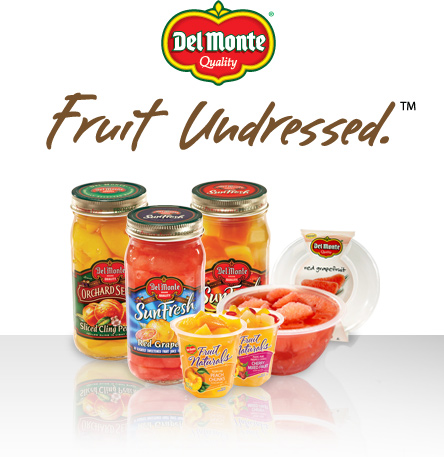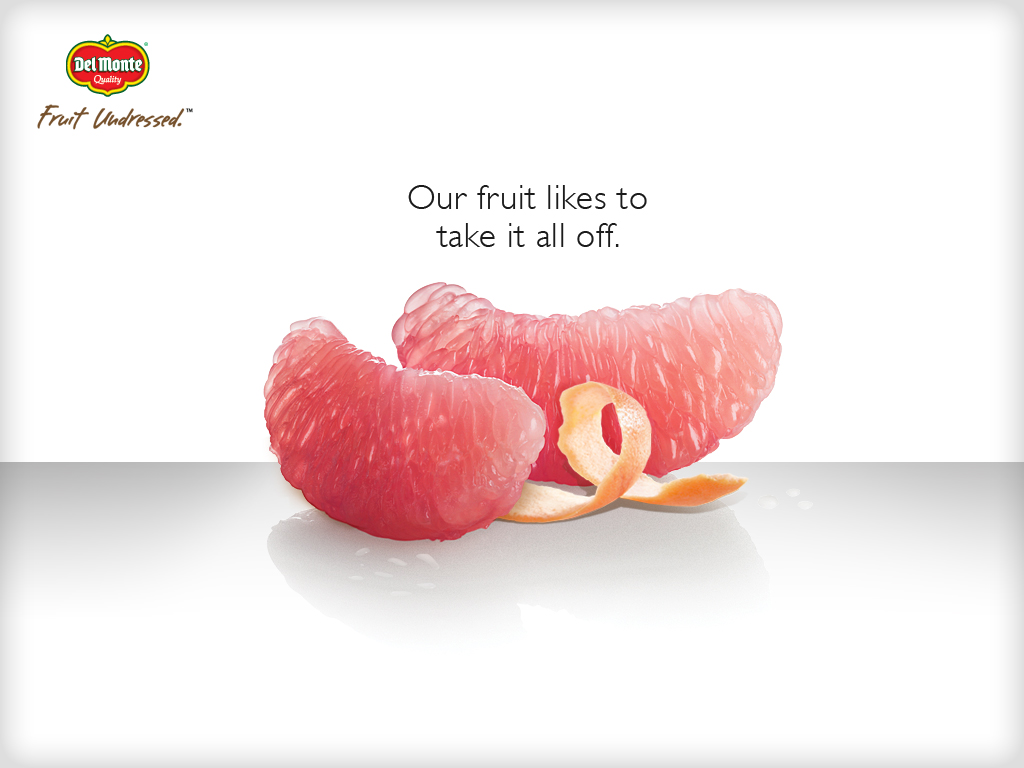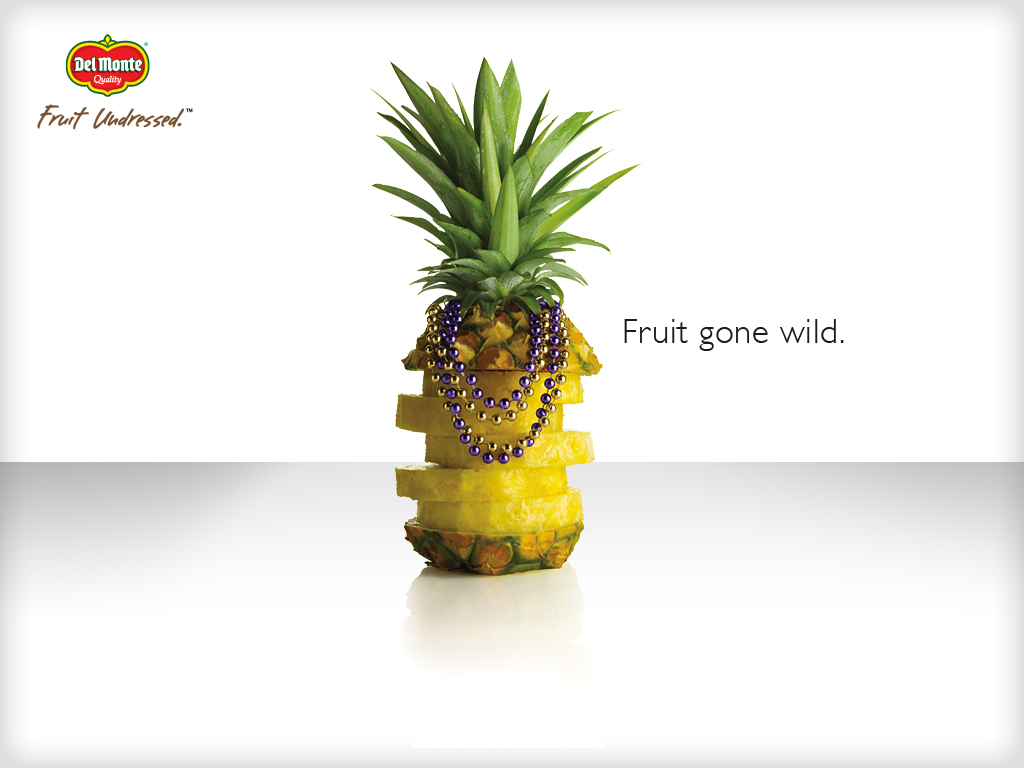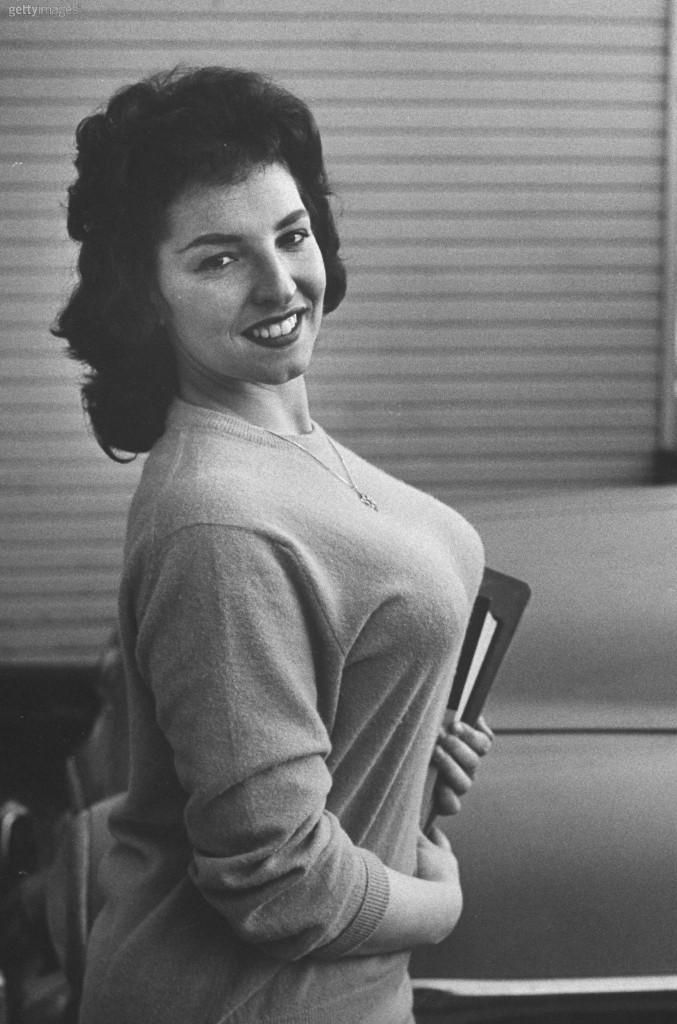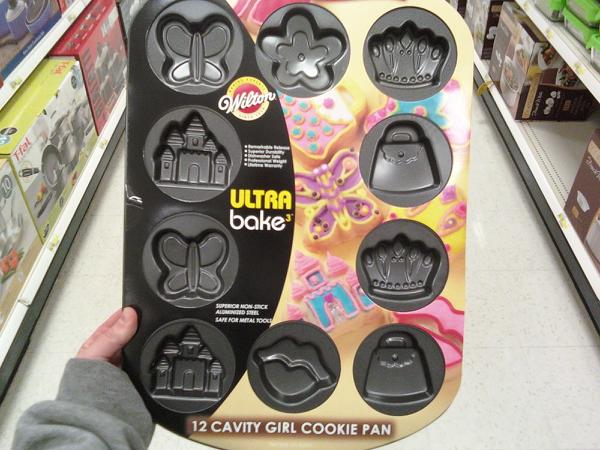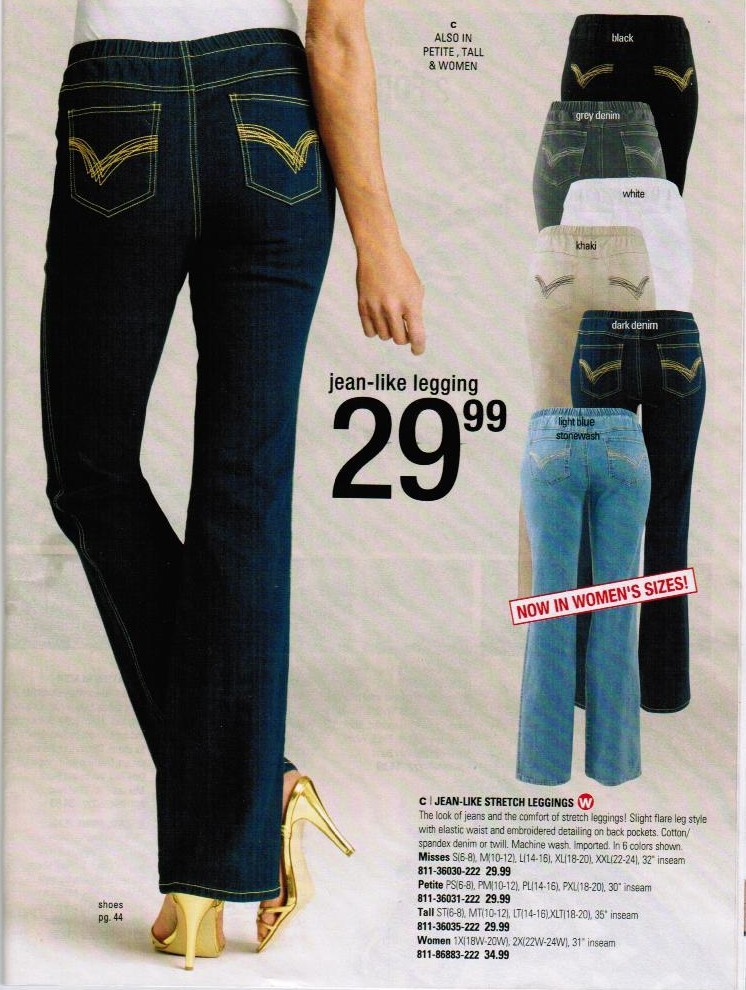Liz C. sent in the video for the song “A Kiss with a Fist (Is Better Than None)” by Florence and the Machine. She analyzes it nicely:
The lyrics seem to condone domestic violence, and the video seems to trivialize it, in the sense that the lead singer prances and jumps around while singing about getting punched in the face, having her leg broken, and having plates broken over her head by her partner, while she, in turn, hits and slaps him, breaks his jaw, and refers to “The Burning Bed” by setting fire to their bed.
The lyrics:
You hit me once
I hit you back
You gave a kick
I gave a slap
You smashed a plate over my head
Then I set fire to our bedYou hit me once
I hit you back
You gave a kick
I gave a slap
You smashed a plate over my head
Then I set fire to our bedMy black eye casts no shadow
Your red eye sees nothing
Your slap don’t stick
Your kicks don’t hit
So we remain the same
Love sticks
Sweat drips
Break the lock if it don’t fitA kick to the teeth is good for some
A kiss with a fist is better then noneA kiss with a fist is better then none
I broke your jaw once before
I spilled your blood upon the floor
You broke my leg in return
So sit back and watch the bed burn
Love sticks
Sweat drips
Break the lock if it don’t fitA kick to the teeth is good for some
A kiss with a fist is better then noneA kiss with a fist is better then none
You hit me once
I hit you back
You gave a kick
I gave a slap
You smashed a plate over my head
Then I set fire to our bedYou hit me once
I hit you back
You gave a kick
I gave a slap
You smashed a plate over my head
Then I set fire to our bed
UPDATE: Reader Kyle pointed out another example, Chester French’s video for the song “She Loves Everybody.” He asks whether we can imagine seeing this video if the gender roles were reversed:
And commenter Dave gave us a link to a recent discussion of this topic at Jezebel.
Also see our post on sexualized violence in Lady Gaga’s “Paparazzi” video.


